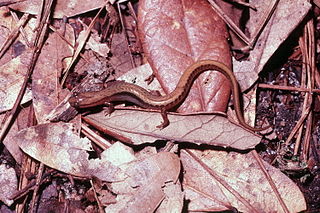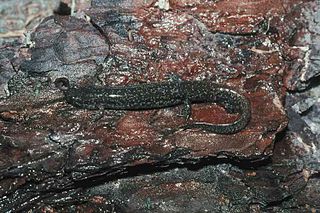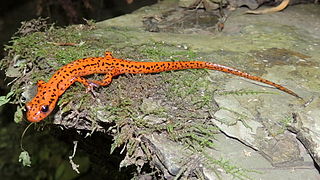The "Old Southwest" is an informal name for the southwestern frontier territories of the United States from the American Revolutionary War (1775–1783) through the early 19th century, at the point when the territorial lands were organized into states.

Indigenous peoples of the Southeastern Woodlands, Southeastern cultures, or Southeast Indians are an ethnographic classification for Native Americans who have traditionally inhabited the area now part of the Southeastern United States and the northeastern border of Mexico, that share common cultural traits. This classification is a part of the Eastern Woodlands. The concept of a southeastern cultural region was developed by anthropologists, beginning with Otis Mason and Frank Boas in 1887. The boundaries of the region are defined more by shared cultural traits than by geographic distinctions. Because the cultures gradually instead of abruptly shift into Plains, Prairie, or Northeastern Woodlands cultures, scholars do not always agree on the exact limits of the Southeastern Woodland culture region. Shawnee, Powhatan, Waco, Tawakoni, Tonkawa, Karankawa, Quapaw, and Mosopelea are usually seen as marginally southeastern and their traditional lands represent the borders of the cultural region.

The southeasterndwarf salamander, formerly known as the dwarf salamander, is a species of salamander native to the southern United States, ranging primarily from southern North Carolina south to northern Florida, with some populations from southwestern Alabama to eastern Louisiana. Some sources refer to it as the four-fingered manculus, dwarf four-toed salamander, or the Florida dwarf salamander.

Holbrook's southern dusky salamander, previously known as just the southern dusky salamander, is a species of salamander endemic to the southeastern United States. Older sources often refer to it as the eared triton. Formerly abundant, it has precipitously declined since the 1960s.

The seal salamander is a species of lungless salamander that is endemic to the Eastern United States.

Chamberlain's dwarf salamander is a species of salamander in the family Plethodontidae, endemic to the United States. Its natural habitats are temperate forests, rivers, and freshwater marshes.

The southern two-lined salamander is a species of salamander in the family Plethodontidae, endemic to the United States. Its natural habitats are temperate forests, rivers, intermittent rivers, swamps, and freshwater springs.

The three-lined salamander is a species of salamander in the family Plethodontidae. It is endemic to the south-eastern United States.

The spotted-tail salamander, also known as a "cave salamander", is a species of brook salamander.
The brownback salamander is a species of brook salamander. Its range includes parts of Alabama, Georgia, and Tennessee, where it occurs in natural freshwater springs typically abundant in watercress. Once considered an ecotype of the southern two-lined salamander, the brownback salamander was subsequently raised to full species status based on molecular evidence.

North American azaleas are flowering shrubs in the genus Rhododendron, section Pentanthera, subsection Pentanthera, so named because they all have five stamens. Most are in the United States, with one species found in Canada and one being found in Mexico. North American azaleas are commonly confused with azaleas of Asian origin, the evergreen azaleas. North American azaleas are deciduous and produce two types of buds. One is a larger and produces about 20 flowers while the other bud produces a leafy shoot. The flower color, fragrance, and number of stamens vary among species.
The Carolina Sandhills salamander, is a species of lungless salamander endemic to the state of North Carolina in the United States, where it is only found in the Sandhills region. These species are known for their coloration and ecology. Researchers decades ago separated the species into northern and southern groups and found that the southern and northern Sandhill salamanders differ in coloration, size, and natural history.

The bog dwarf salamander is a species of salamander endemic to the southern United States.
Hillis's dwarf salamander is a species of salamander endemic to the southern United States.

The western dwarf salamander is species of salamander native to the southern United States.
Grotto salamander may refer to three species of troglobitic salamander in the genus Eurycea, all endemic to the United States and all of which were formerly considered a single species :
This page is based on this
Wikipedia article Text is available under the
CC BY-SA 4.0 license; additional terms may apply.
Images, videos and audio are available under their respective licenses.










